Introduction
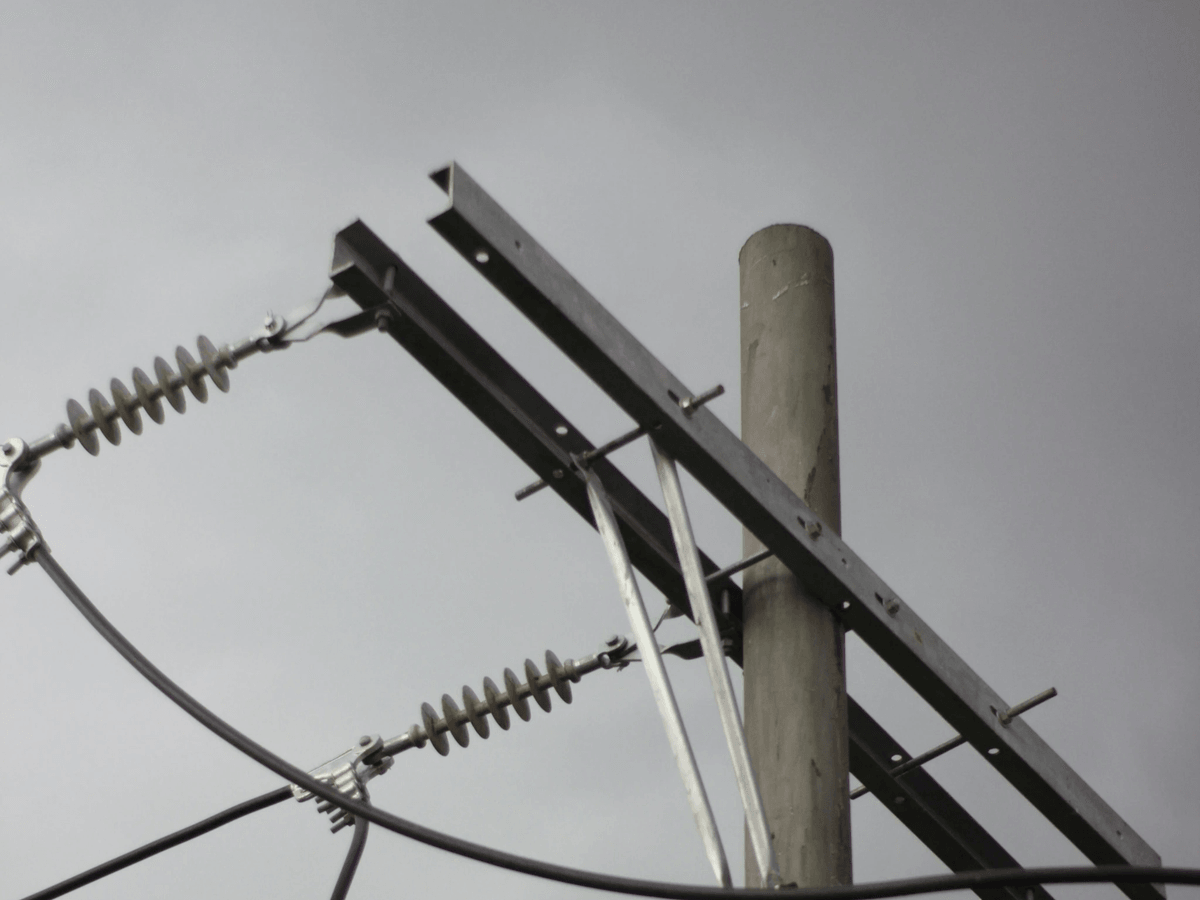
Understanding Transformer Bushing Parts
Transformer bushing parts are specialized components that facilitate the safe passage of electrical current while providing insulation from high voltages. They typically consist of a conductive element, such as a copper or aluminum rod, surrounded by insulating materials designed to withstand extreme conditions. By grasping the role and structure of these bushings, one can appreciate their significance in a power transformer's overall performance and reliability.
Importance of High-Voltage Accessories
High-voltage accessories like transformer bushings are vital for ensuring that power transformers operate efficiently without risk of failure. These accessories not only protect against electrical faults but also enhance the longevity of transformer components by minimizing wear and tear caused by environmental factors. In an era where reliable electricity supply is paramount, understanding the importance of high-voltage accessories cannot be overstated.
Key Features of Transformer Bushings
Key features of transformer bushings include their ability to handle high voltage levels, resistance to environmental stressors, and compatibility with various types of transformer cables. Most modern bushings are designed with advanced materials that offer superior insulation properties and durability over time. Additionally, many come equipped with monitoring systems that provide real-time data on their condition, allowing for proactive maintenance and increased operational safety.
Overview of Transformer Bushings

Transformer bushings are essential components that facilitate the safe and efficient transfer of electrical energy in power transformers. They serve as the interface between the transformer and external circuits, ensuring that high voltage is managed properly while maintaining insulation. Understanding the transformer bushing parts is crucial for anyone involved in power systems, as these components play a vital role in overall transformer functionality.
What Is the Bushing Part of a Transformer?
The bushing part of a transformer acts as an insulated conduit for electrical conductors to pass through the transformer's tank while preventing any leakage currents that could lead to failures or hazards. Typically made from materials like porcelain or composite polymers, these bushings are designed to withstand high voltages and environmental stresses. Essentially, they help maintain the integrity of transformer components by ensuring that electricity flows safely and efficiently without compromising safety.
Types of Transformer Bushings
There are several types of transformer bushings, each designed for specific applications within power transformers. The most common types include oil-filled bushings, which utilize insulating oil for cooling and insulation; porcelain bushings, known for their durability; and composite bushings, which offer lightweight alternatives with excellent insulation properties. Each type serves its unique purpose depending on factors like voltage levels—high voltage (HV) or low voltage (LV)—and operational environments.
Applications in Power Transformers
Transformer bushings find their primary applications in various types of power transformers used across industries such as utilities, manufacturing, and renewable energy sectors. They connect high-voltage cables to transformers while providing mechanical support and electrical insulation necessary for safe operation under extreme conditions. With their critical role in managing electrical stress within transformer systems, understanding how these bushing parts work can significantly impact maintenance strategies and enhance equipment longevity.
The Role of Transformer Components
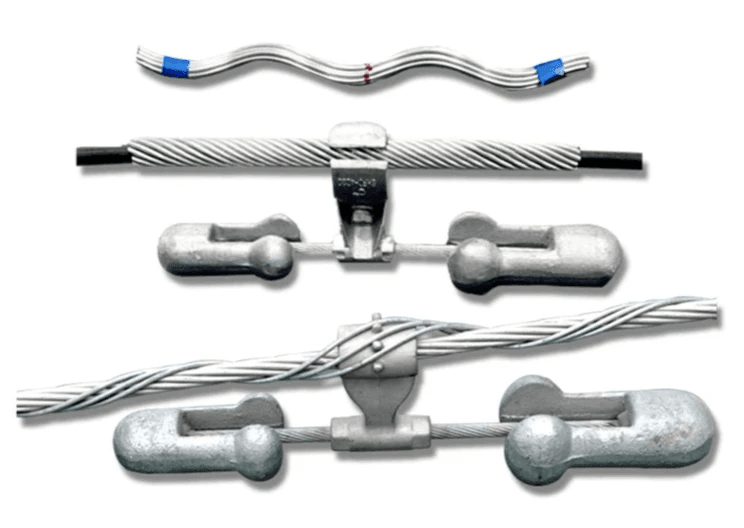
Essential Parts of a Transformer
A power transformer consists of several key components that work together to facilitate energy transfer while maintaining safety standards. The core, windings, and insulation materials are among the primary transformer parts that contribute to its overall performance. Each part must be carefully engineered; for instance, transformer bushing parts are designed to manage electrical connections while providing insulation from environmental factors.
In addition to bushings, other essential components include tap changers for voltage regulation and cooling systems to dissipate heat. These elements work in harmony with transformer insulators to ensure that electricity flows smoothly without causing damage or inefficiencies. Understanding these essential parts helps operators maintain the integrity of their transformers over time.
Functionality of Transformer Insulators
Transformer insulators are critical for maintaining electrical safety by preventing unintended electrical discharges or short circuits in power transformers. These insulators serve as barriers between conductive elements and ground, effectively isolating various components within the system. Without proper insulation, high-voltage electricity could cause catastrophic failures or hazardous situations.
The functionality of transformer insulators is particularly important when considering high-voltage applications where stress levels can be significantly elevated. Insulation materials must withstand not only electrical stress but also environmental challenges such as moisture and temperature fluctuations. By ensuring robust insulation through quality transformer bushing parts and other insulating materials, operators can significantly extend the lifespan of their equipment.
Importance of Transformer Bushing Stress Distributors
Transformer bushing stress distributors play a pivotal role in managing mechanical stresses that occur at the interface between insulating materials and conductive elements within a power transformer. These devices help distribute forces evenly across the bushing structure, minimizing wear on critical components like the bushings themselves. This distribution is especially crucial for high-voltage (HV) applications where uneven stress could lead to premature failure.
The design of stress distributors is integral in preserving the integrity of both LV (low voltage) transformers and HV systems alike by reducing localized pressure points that can compromise insulation over time. Additionally, they contribute to overall system reliability by ensuring consistent performance under varying operational conditions. Choosing quality transformer bushing parts with effective stress distribution capabilities is essential for maintaining optimal functionality throughout a transformer's lifecycle.
Common Causes of Bushing Failure
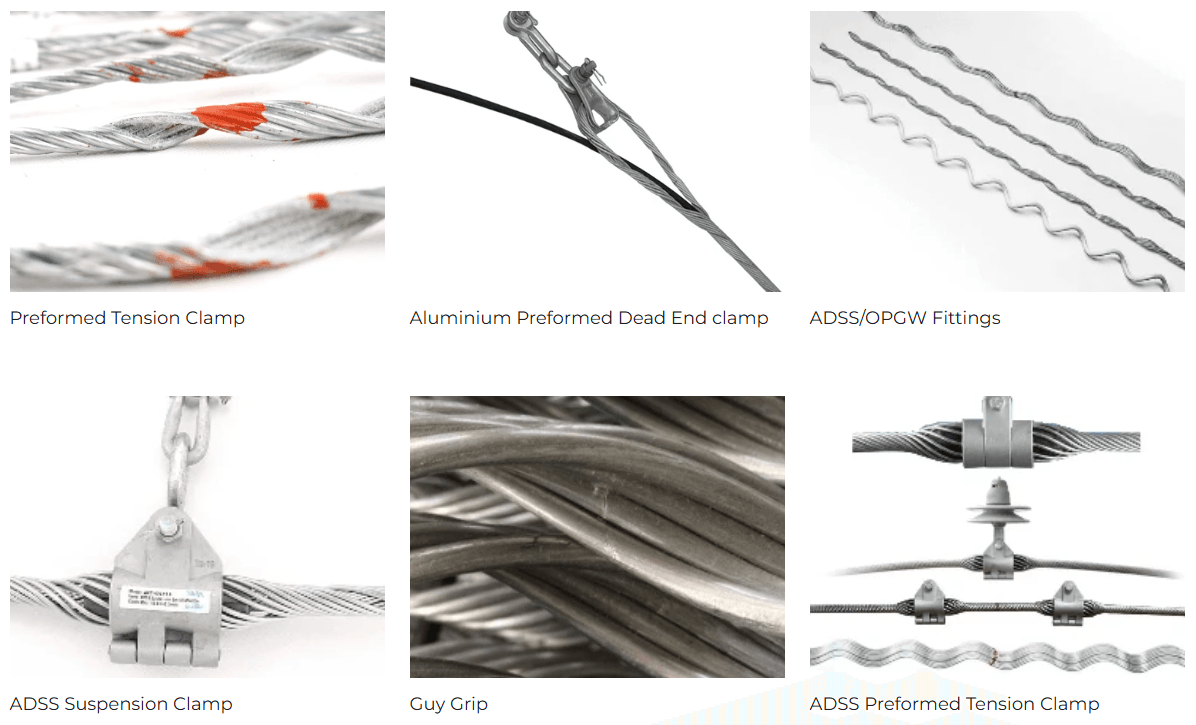
Transformer bushings play a crucial role in the overall functionality and safety of power transformers. Unfortunately, these essential transformer components can face several issues that lead to failure. Understanding the causes, symptoms, and preventive measures is vital for maintaining the integrity of transformer bushing parts.
What Causes Transformer Bushing Failure?
Transformer bushing failure often stems from environmental factors, manufacturing defects, or operational stresses. For instance, moisture ingress can compromise insulation integrity over time, leading to electrical breakdowns in high-voltage settings. Additionally, excessive thermal cycling can cause wear on transformer insulators and other critical components, resulting in premature failure.
Another significant cause is improper installation or handling during maintenance activities. If transformer bushings are not correctly aligned or secured during installation, they may experience undue stress that leads to eventual malfunction. Moreover, aging materials can degrade over time due to exposure to harsh conditions or inadequate maintenance practices.
Symptoms of Bushing Malfunction
Identifying symptoms of bushing malfunction early can save a lot of headaches down the road. Common indicators include unusual noises such as buzzing or humming sounds emanating from the transformer area; these could signify electrical arcing within the bushing itself. Additionally, visible signs like oil leakage around the transformer cable connections may indicate compromised seals or damaged insulation.
Another symptom is increased temperature readings on monitoring equipment—an indication that something isn't quite right with your power transformer’s operation. If you notice any abnormalities in voltage levels or fluctuations in performance metrics associated with your LV transformer systems, it’s time to investigate potential issues with your transformer parts and bushings.
Preventive Measures for Longevity
To extend the life of your transformer bushing parts and prevent failures before they occur, regular inspections are essential. Routine checks should include assessing insulation resistance and monitoring moisture levels around the bushing area—these proactive steps can help catch problems early on. Implementing a scheduled maintenance program focused on cleaning and testing all key components will also enhance reliability.
Additionally, using high-quality materials during installation can significantly reduce risks associated with material degradation over time. Investing in advanced designs for your transformer insulators that offer better resistance against environmental stressors will contribute positively to longevity as well. Lastly, partnering with trusted suppliers who specialize in high-voltage solutions ensures you receive reliable products tailored for optimal performance.
High Voltage vs Low Voltage Bushings
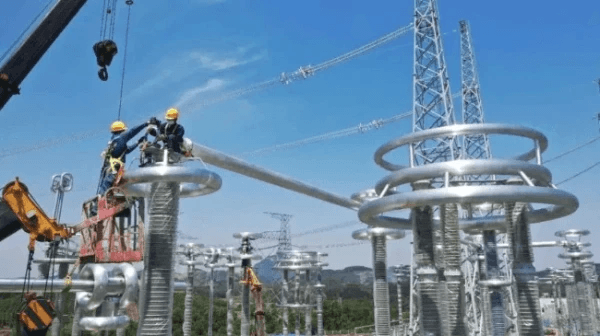
These components serve as the interface between the internal workings of a transformer and the external environment, ensuring electrical insulation while allowing current to flow safely. The choice between HV and LV bushings can significantly impact the efficiency, safety, and longevity of your transformer components.
What Is HV and LV Bushing in Transformer?
High voltage bushings are designed to handle voltages typically above 1 kV, making them essential for large power transformers that operate within high voltage transmission systems. Conversely, low voltage bushings are utilized in transformers that operate at lower voltages, usually under 1 kV. Both types serve similar functions—facilitating electrical connections while providing insulation—but they are constructed differently to meet their specific operational demands.
Differences in Applications
The applications of HV and LV bushings vary considerably based on their design specifications and operational requirements. For instance, HV transformers often require robust insulation materials capable of withstanding extreme electrical stress during operation; hence their bushings must be built with advanced dielectric properties. On the other hand, LV transformers typically prioritize compactness and cost-effectiveness in their design, leading to simpler bushing structures that still maintain reliable performance without the need for heavy-duty materials.
Selecting the Right Bushing
Choosing the appropriate bushing for your transformer is not just about matching voltage levels; it also involves considering factors such as environmental conditions and operational demands. When selecting from various transformer bushing parts available on the market, ensure that you evaluate aspects like thermal resistance, mechanical strength, and compatibility with existing transformer insulators or cables. Ultimately, a well-matched bushing will enhance your power transformer's performance while minimizing maintenance costs over time.
Supplier Spotlight: Spark Fittings

Quality Assurance in Transformer Parts
At Spark Fittings, quality assurance is not just a buzzword; it's a core principle that guides their operations. Each batch of transformer bushing parts undergoes meticulous testing to ensure they can withstand the demanding conditions of power transformers. This attention to detail helps prevent failures, ensuring that transformer insulators and other critical components perform optimally throughout their lifespan.
Moreover, Spark Fittings employs advanced technology and skilled professionals to monitor production quality at every stage. From raw materials to finished products, their rigorous quality control measures guarantee that customers receive only the best transformer parts available on the market. As a result, clients can have peace of mind knowing they are investing in durable and reliable solutions for their power transformers.
Specialization in High-Voltage Solutions
Spark Fittings has carved out a niche in specializing in high-voltage solutions tailored for various applications within the electrical industry. Their expertise extends beyond standard offerings; they design transformer bushings specifically engineered for high-voltage environments where safety and performance are paramount. Whether it's HV or LV transformers, their products are designed with precision to meet specific operational demands.
This specialization means that customers can expect innovative designs and superior functionality from Spark Fittings' transformer bushing parts. With an eye on evolving technologies and industry standards, they consistently update their product lines to incorporate the latest advancements in insulation materials and stress distribution techniques. By choosing Spark Fittings, clients gain access to cutting-edge solutions that enhance system performance while minimizing risks associated with high-voltage operations.
Comprehensive Product Range for Power Cables
One of the standout features of Spark Fittings is their comprehensive product range tailored specifically for power cables and related accessories. From various types of transformer bushings to essential components like insulators and cable fittings, they offer everything needed for seamless integration into existing systems or new installations. This extensive selection allows clients to source all necessary transformer components from a single supplier—streamlining procurement processes significantly.
Additionally, this diverse inventory includes options suitable for both high-voltage (HV) and low-voltage (LV) applications, catering to different customer needs within the electrical sector. Whether you're looking for robust LV transformers or specialized HV bushings designed for extreme conditions, Spark Fittings has you covered with reliable products built for longevity and performance excellence. Their dedication to providing comprehensive solutions reflects an understanding of customer requirements across various sectors within the energy landscape.
Conclusion
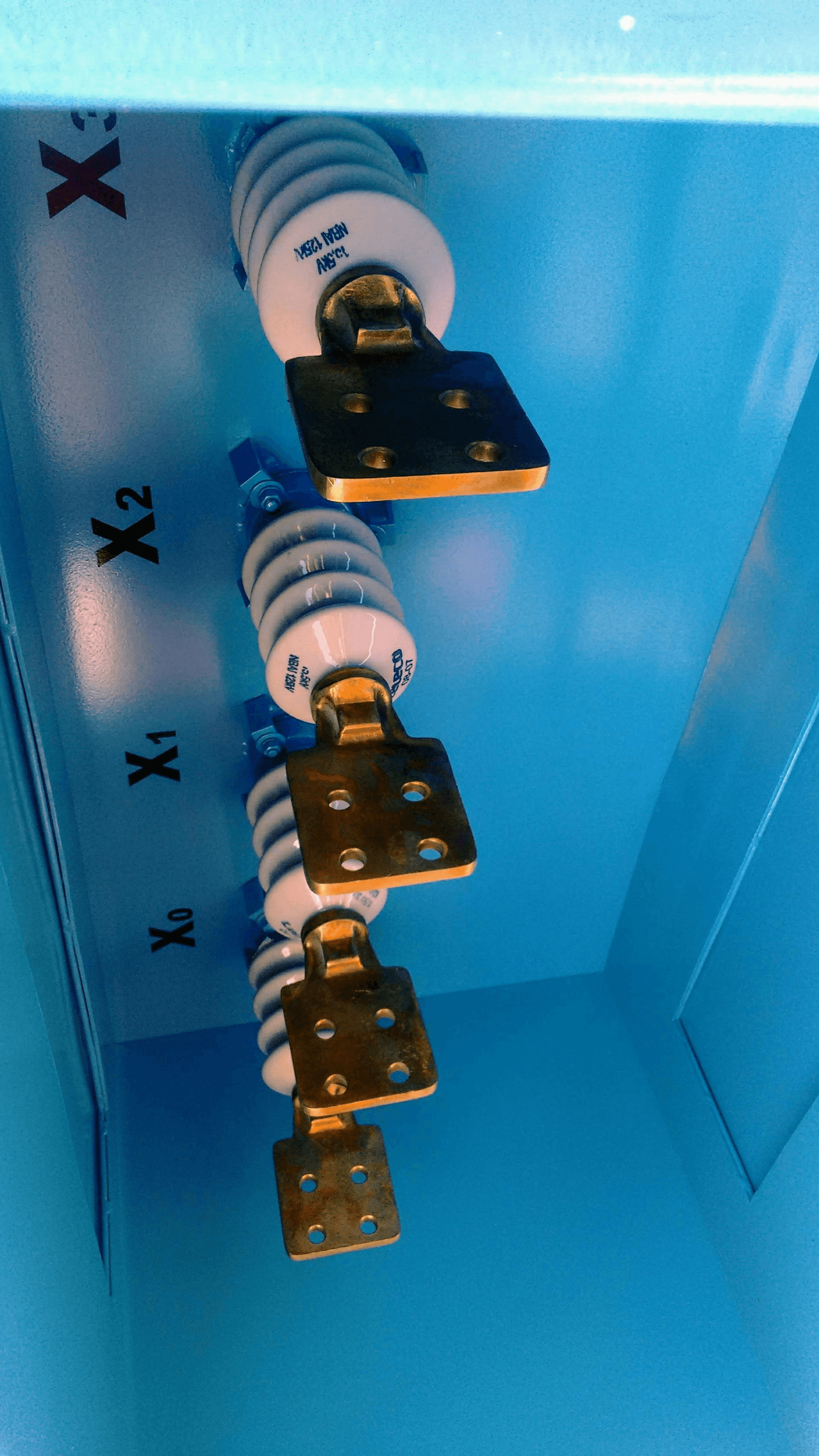
In the world of electrical engineering, ensuring reliability with transformer accessories is paramount. Transformer bushing parts play a critical role in maintaining the functionality and safety of power transformers. By investing in high-quality transformer components, operators can prevent costly downtime and enhance overall system performance.
Ensuring Reliability with Transformer Accessories
Reliability in power systems hinges on the quality and performance of transformer accessories, particularly transformer bushing parts. These components are essential for maintaining insulation and facilitating electrical connections between the transformer and external circuits. A well-maintained transformer bushing not only supports the longevity of a power transformer but also safeguards against potential failures that could disrupt service.
Innovations in Transformer Bushing Design
The landscape of transformer bushing design has seen remarkable innovations aimed at enhancing durability and efficiency. Modern designs incorporate advanced materials that improve resilience against environmental factors, thus extending the life expectancy of these critical components. Innovations like integrated stress distributors within transformer insulators are revolutionizing how we approach high-voltage applications, making them safer and more reliable than ever before.
Selecting Trusted Suppliers for Transformer Components
When it comes to sourcing transformer parts, choosing trusted suppliers is crucial for ensuring quality and reliability in your systems. Suppliers specializing in high-voltage solutions often provide comprehensive product ranges that cater to both HV and LV transformers, ensuring you get exactly what you need for your specific application. By partnering with reputable manufacturers like Spark Fittings, operators can rest assured that their power transformers are equipped with top-notch components designed to withstand rigorous operational demands.

